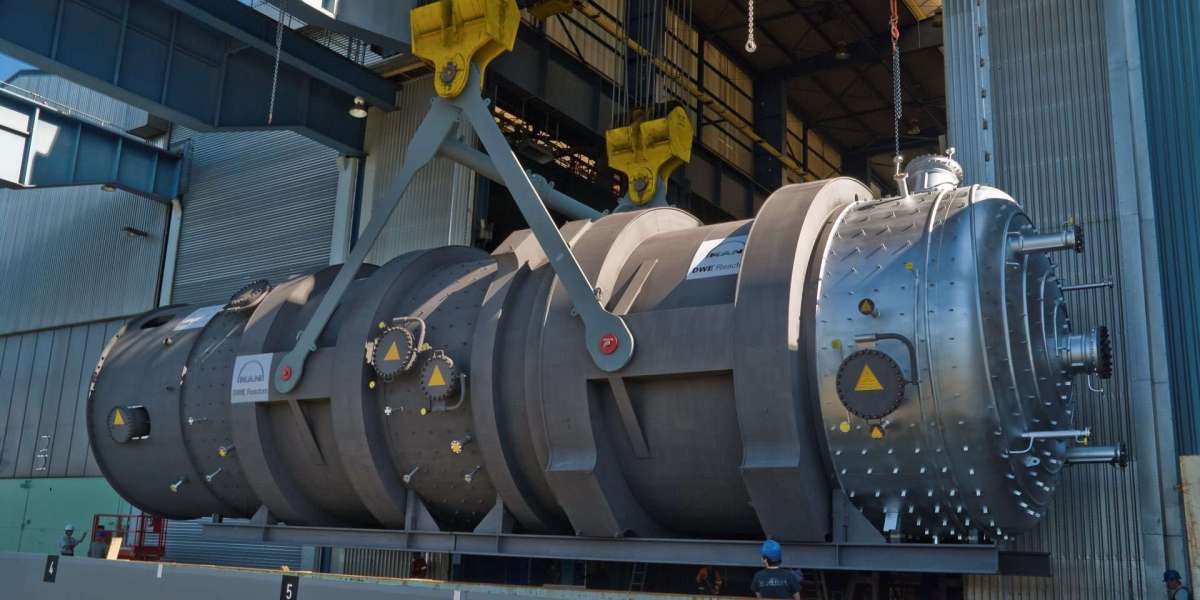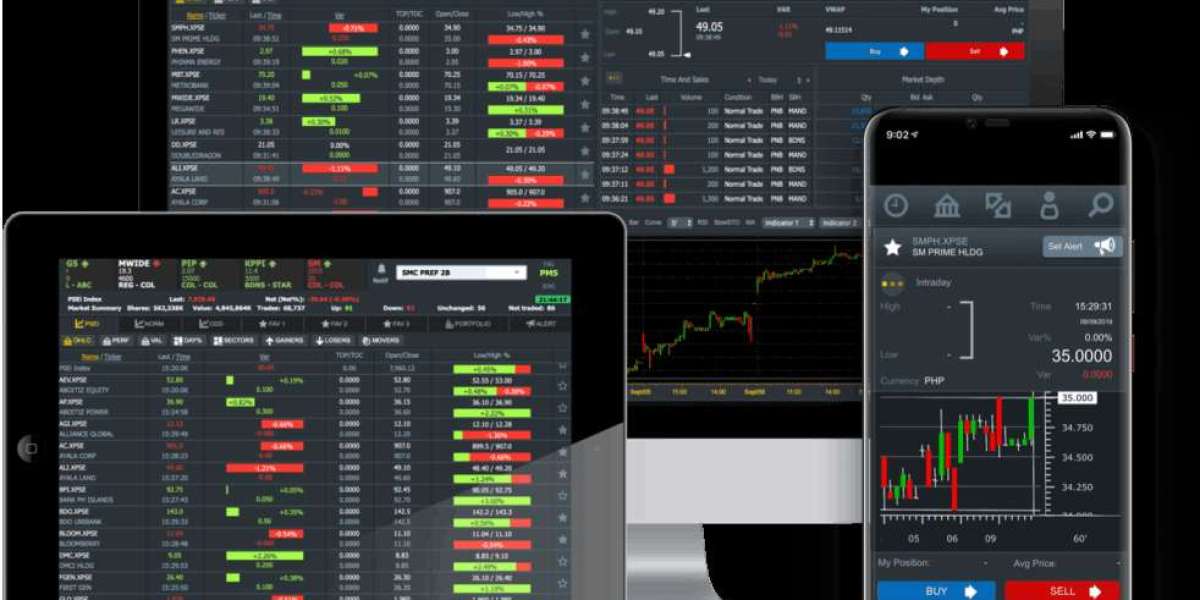
Reactors are used to perform chemical reactions and can range in size from a small laboratory vessel to the massive structures depicted in photographs of industrial plants. Valves control flow rates, pressure and direction in reactors.
Ball Valves are a common choice for use with gases due to their simple structure and versatility. They are able to support pressures up to 700 Bar and come in a variety of sizes.
Reactors
A reactor is a vessel used to perform chemical reactions that are either exothermic or endothermic. The reactions must be controlled in order to enhance yield, increase net present value and meet industry standards. The industrial valves that are installed in a reactor must be designed to withstand harsh conditions, as the chemicals may contain corrosive and toxic elements. Valves used in a reactor should also be capable of withstanding high temperatures and pressures. There are many different types of valves that can be used in a reactor, but it is important to select the correct type of valve for the particular process and application.
Pressure relief valves are commonly used to protect equipment from over-pressure occurrences in fluid processes. Depending on the type of process, overpressure can result from loss of heating and cooling, mechanical failure or improper draining and venting. These safety valves bypass a passage or open a port to release the excess pressure into an auxiliary line or atmosphere. These valves are typically installed at the beginning (injection) and end (withdrawal) of a reactor to protect the equipment from damage.
Ball valves are used to control flow and pressure by a spherical disc that is opened or closed by rotation of the handle. These valves are usually made of metal and can be used for corrosive, abrasive or normal liquids, gases and slurries. They are easy to operate and provide a good level of flow regulation, although they offer limited shut off capabilities.
Needle valves are similar to gate valves but have a much smaller orifice that allows for throttling of liquids with low flow rates. These valves are generally manufactured from metal, including stainless steel and nickel alloys. They are often used in chemical, petrochemical and pharmaceutical applications.
Gate valves are an economical choice for general purpose throttling applications and are available in a variety of materials, including plastic, cast iron and bronze. These valves have a long service life and require little maintenance. They are easy to operate by rotating a handle and can be opened or closed by applying a force to the stem. buy reactors from surplusrecord.
Pneumatic actuators are used in many applications that require quick, accurate control of the valves. They use pre-compressed air in a sealed flexible chamber to apply a force against the disc of the valve they are controlling. The air pressure in the chamber is proportional to the distance the stem moves, making them a very resilient and accurate method for control of valves.
Hydraulic actuators are another common type of valve used in industrial applications. These valves are designed to withstand very high temperatures and are used in chemical, petrochemical and oil and gas industries. These valves are designed to withstand large amounts of energy and can be operated manually or electronically, as well as with a manual backup option.
The VS Series Spray and Rinse valves are calculated and custom designed for each customer based on the reactor and tank dimensions. These valves are ideal for cleaning the reactor between batches and can be automated to improve production efficiency.
There are many different types of used reactors, which can be classified based on their reaction rates. For example, some reactions are highly exothermic, while others are endothermic. Each type of reaction has a specific type of catalyst that is required to increase the rate of the reaction. In addition, there are also non-steady-state (transient) reactions that can occur in a chemical reactor.
Reactors come in a variety of sizes and are made of different materials such as glass or metal. Some are equipped with agitators, which help to mix the chemicals and create a more even mixture. These devices can be used to produce a wide range of products, including colorants and margarine.
In some cases, it may be more economical to purchase a second-hand reactor instead of purchasing a new one. In addition, these devices are often already outfitted with other accessories such as a chemical resistant piping system, agitators, and inspection hole. Furthermore, a used chemical reactor will likely be much less expensive than a new one and will offer a faster delivery time. One common industrial chemical reactor is the continuous stirred tank reactor (CSTR). This is a batch type of reactor where the reactants are charged in a single batch at the start and then mixed over a given period of time to create the desired product. This allows for flexibility in the process and increases the overall yield of the product.
Another type of industrial reactor is the plug flow reactor (PFR). This is a continuous type of reactor that uses a tubular design. This allows fluids to flow at very high velocities and converts the reactants into products. The high velocities make it impossible for the reactants to diffuse back into the system which reduces the chances of side reactions and increases the overall yield.



